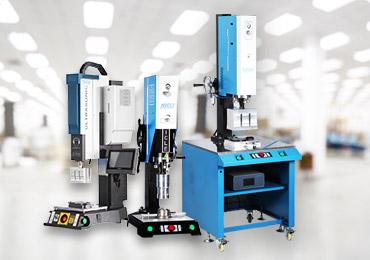Design for manufacturability (DFM) plays a central role in the production of ultrasonic welder machines. It's not just about creating machines that work well—it's about designing them so they can be built efficiently, at scale, and with minimal cost overruns. This article breaks down how engineers approach DFM in the ultrasonic welding industry and why it matters for quality, cost, and speed to market.
What Is DFM and Why It Matters in Ultrasonic Welding?
DFM is the process of designing products in a way that simplifies manufacturing. For ultrasonic welder machines, this means:
-
Choosing components that are easy to source
-
Standardising parts across models
-
Designing assemblies that require minimal tooling
In ultrasonic welding, where precise control of vibration and force is key, poor design can lead to performance failures or expensive reworks. By applying DFM, manufacturers avoid those pitfalls.
Key DFM Considerations for Ultrasonic Welder Machines
1. Component Standardisation
Using off-the-shelf components where possible speeds up production and reduces costs. Engineers aim to:
-
Limit the number of unique parts
-
Use common fasteners and fittings
-
Select materials that are readily available locally
This reduces inventory complexity and makes it easier to scale production.
2. Tolerance and Assembly Fit
Ultrasonic welders rely on precise mechanical alignments. DFM principles guide engineers to:
-
Design parts with achievable machining tolerances
-
Avoid overly tight fits that require manual adjustment
-
Include alignment features that simplify assembly
Less skilled labour is needed when parts are designed to fit together cleanly the first time.
3. Modular Architecture
Modular design allows faster upgrades, easier repairs, and more flexibility in production. This might include:
-
Interchangeable converter and booster modules
-
Control units that can be reused across models
-
External access for serviceable parts
Modularity also supports product customisation without increasing complexity.
4. Material Selection for Performance and Cost
While titanium may offer top acoustic performance, it's not always practical. Engineers often:
-
Balance performance against manufacturability
-
Use composites or aluminium where viable
-
Reduce part count by designing multi-functional components
This careful material selection lowers costs while maintaining quality.
5. Designing for Automation
With rising labour costs, designing machines that can be assembled robotically or semi-automatically is a major advantage. Examples include:
-
Snap-fit enclosures
-
Pre-wired subassemblies
-
Minimized need for manual calibration
Automation-ready designs shorten cycle times and reduce the chance of human error.
Benefits of Applying DFM in Ultrasonic Welder Manufacturing
Applying DFM to ultrasonic welder design results in:
-
Lower production costs
-
Fewer quality control issues
-
Faster lead times
-
Easier scaling from prototype to mass production
It also supports sustainability goals by reducing scrap and minimising over-engineering.
Final Thoughts
Ultrasonic welders are complex machines, but that complexity doesn’t need to carry over into production. Design for manufacturability is how engineers build machines that are efficient to produce without compromising performance. It's a smarter way to work—and a better way to compete.

